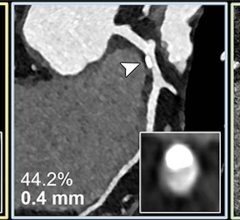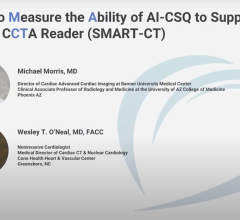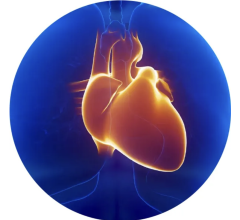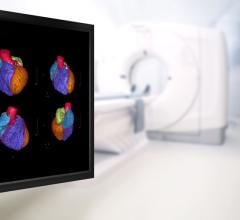
Cardiology fellows are expanding their knowledge in cardiovascular imaging. Not only do virtually all cardiology fellows get Level 2 training in echocardiography and many in nuclear cardiology but now, an increasing number of fellows are training in cardiac MR and cardiac CT.
For those cardiologists who did not receive such training, continuing medical education (CME) offerings and preceptorships enable them to acquire new skills in cardiac MR and cardiac CT.
Facilitating the imaging training paradigm is the development of a set of appropriateness criteria. Recently, the following cardiology societies, ACCF, ASE, ACEP, AHA, ASNC, SCAI, SCCT, SCMR, jointly issued the 2008 appropriateness criteria for stress echocardiography. Now, updates on criteria for cardiac CT and MR are underway.
Of course, one of the key objectives is to improve patient outcome. In the article, “Are Cardiologists the QB’s of Cardiac Imaging?,” appearing in this issue, appropriateness criteria is designed to, for example, prevent a coronary CT scan for a patient with an unstable coronary syndrome or a patient who has high creatinine or renal insufficiency. Mark A. Turco, M.D., points out in the article that these guidelines are critical to ensure the best information is provided to the physicians for making the best treatment decisions.
But is it all about the patients? You don’t need to look too far before you see the other driving force behind such an initiative – the payers. With pay-for-performance these guidelines will not only educate cardiologists but should also guide the third-party payers in making reimbursement decisions. In light of the Deficit Reduction Act (DRA) and sweeping reimbursement cuts enacted to meet arbitrary budget targets, let’s just hope that the payers get their imaging education too, before patients and the decisions doctors make to care for them represent little more than dollar signs.


 March 20, 2024
March 20, 2024 








